Yosemite National Park Is Restricting Visitor Access After Major Storms
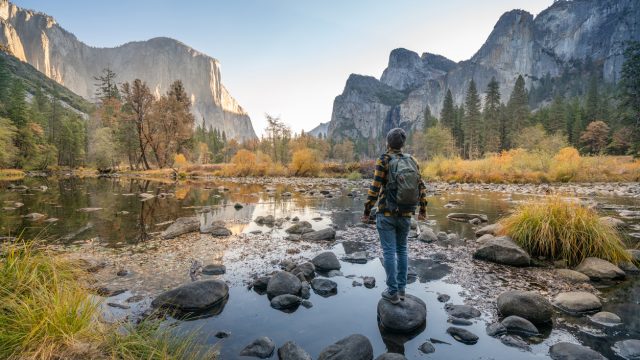
Places like Yosemite National Park are some of the best ways to have unfiltered experiences in nature. The seemingly boundless destinations draw in travelers from around the world looking to explore famous landmarks, spend the night under the stars, or even forge their own trails in the backcountry. But while the overall point of the National Park System is to preserve these sites from human development and damage for all to enjoy, Mother Nature sometimes has other plans. And now, Yosemite has announced that it’s restricting visitor access to some areas after major storms struck the area. Read on to see how the park has been affected by extreme conditions.
READ THIS NEXT: Grand Canyon National Park Rangers Just Alerted Visitors to Look Out for These “Hazards”.
Yosemite is restricting visitor access after it was hit with some severe weather over the weekend.
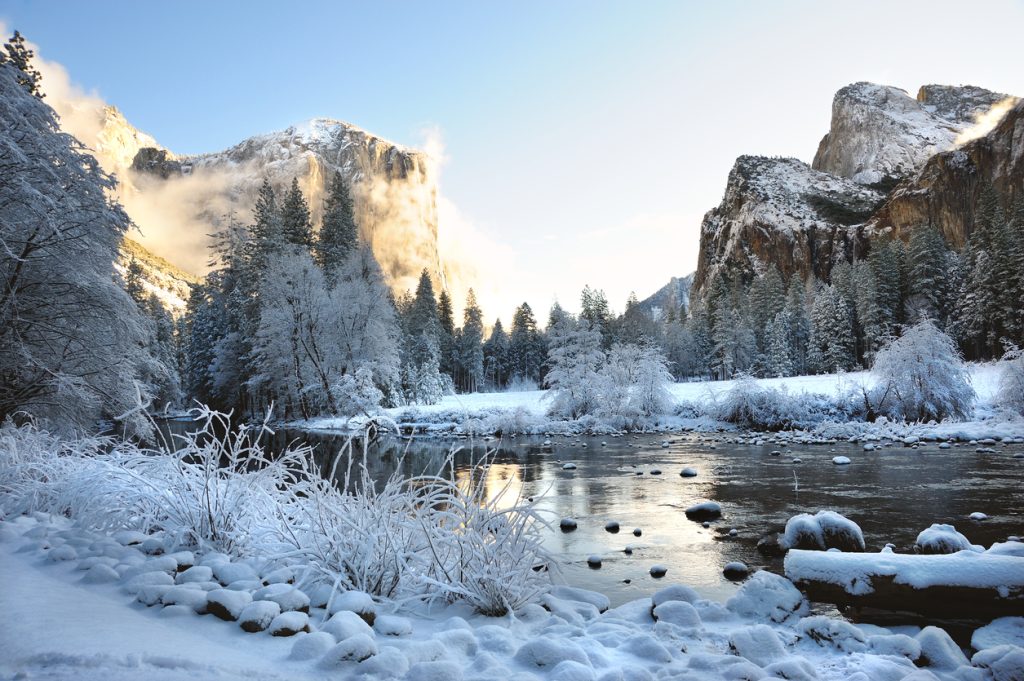
A major winter storm made its way through California over the weekend, bringing heavy snowfall to mountain regions in the north and torrential rain to lower-lying and southern areas across the state, NPR reports. And while the severe weather was responsible for closing ski resorts and shutting down some mountain highways, it also caused severe damage to critical infrastructure in one of the state’s beloved national parks.
In a tweet on Dec. 12, officials with Yosemite park announced that a rockfall had forced the closure of Big Oak Flat Road between the Forest Junction and Yosemite Valley. The impasse means that visitors won’t be able to use one of the park’s entrances for the time being.
“The road may remain closed for several days as we wait for safe conditions to allow our road crews to assess damages and begin necessary work to clear and repair the road,” park staff said in a statement, per The Union Democrat. “The closure means there is no access to Yosemite Valley via Highway 120 from the west. Highways 140 and 41 to Yosemite are open.”
Other areas of Yosemite are already closed for the season.
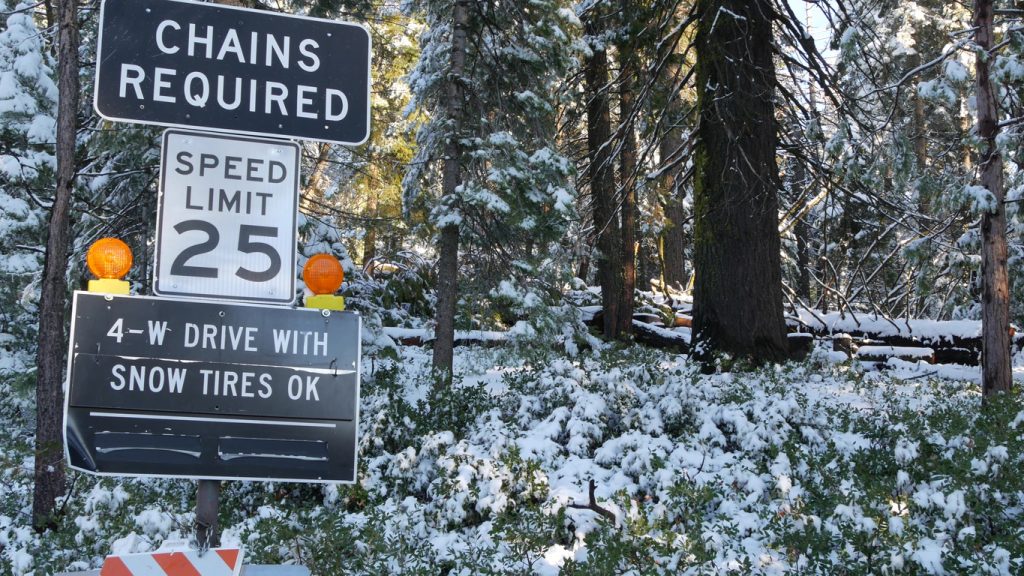
While the significant road closure will make it difficult for some visitors to access Yosemite, it’s not the only route currently out of service. According to the park’s current conditions alert webpage, guests can expect “difficult driving conditions, tire chain requirements, and road closures at least through Wednesday” as the area recovers from the blizzard-like conditions.
Meanwhile, other passageways have recently been shut down for the season as planned. Officials write that Tioga Road—which is the continuation of Highway 120 through the park— and Glacier Point Road are closed for the winter due to snow conditions that make them impassable or dangerous. The notice says the routes usually reopen sometime in late May or June.
RELATED: For more up-to-date information, sign up for our daily newsletter.
This isn’t the first time Yosemite has had to limit visitor access due to a natural event this year.
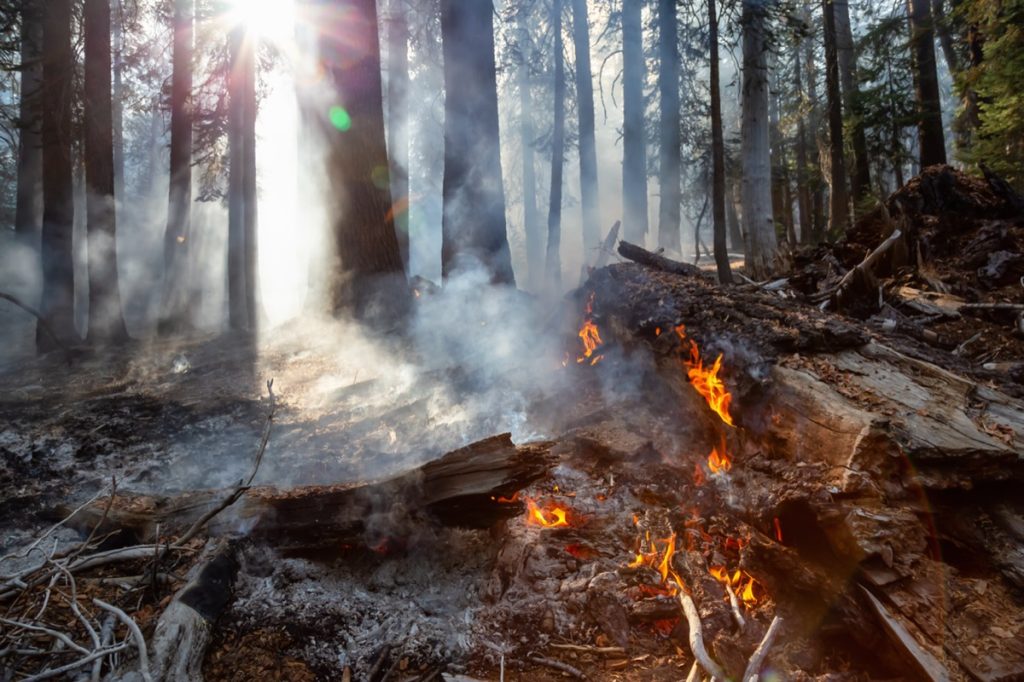
Even though winter brings its own set of challenges to navigating the park, the rockslide closure isn’t the first time officials have had to limit access due to a natural event this year. On July 20, the historic Washburn Fire forced the closure of its South Entrance and Wawona Road to all traffic. Officials also issued a mandatory evacuation order for the southern areas of the park and warned that hazy smoke conditions could be dangerous for some visitors. Fortunately, firefighters successfully held back the flames before they damaged too many of the giant sequoia trees that make up its famous Mariposa Grove, the L.A. Times reported.
And Yosemite isn’t the only site facing the extreme forces of nature. On June 14, Yellowstone National Park suffered catastrophic flooding that destroyed vital parts of its roadways and infrastructure. The park was finally able to reopen to 99 percent of its former functionality on Oct. 15 after extensive reconstruction took place.
In October, Hawai’i Volcanoes National Park announced that it would close its Mauna Loa summit backcountry “due to elevated seismic activity” at the famous volcano. Eventually, a spectacular eruption did begin on Nov. 27 that drew in plenty of visitors before the U.S. Geological Survey (USGS) said it was “no longer active” on Dec. 12.
Yosemite is also requiring visitors to make reservations due to another natural event.
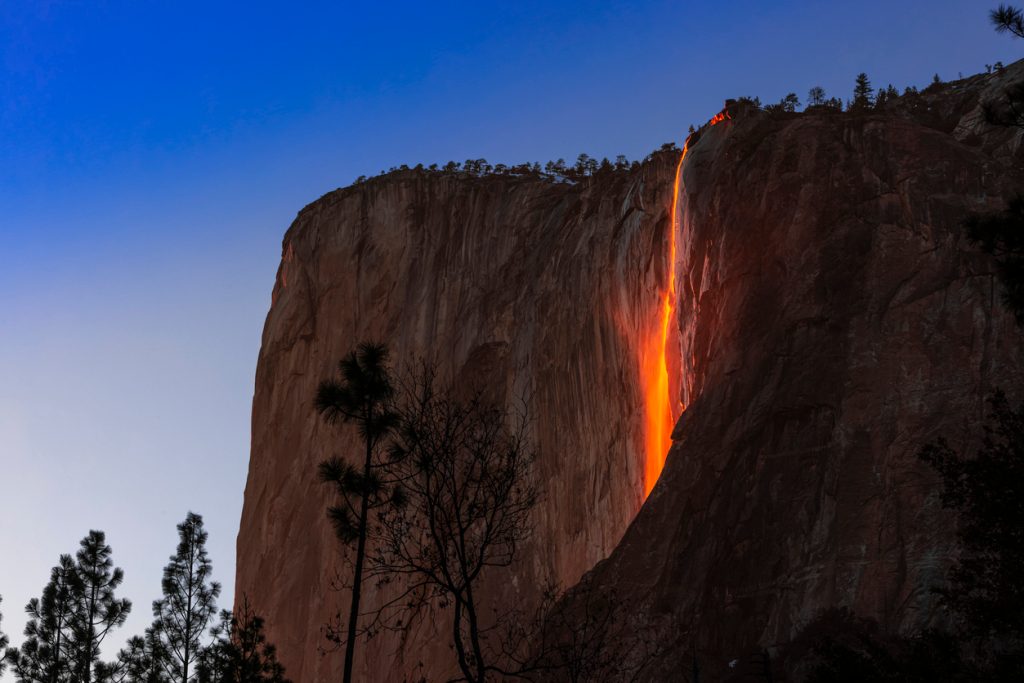
However, not all changes to visitor access at national parks are due to destruction. On Dec. 9, Yosemite officials announced that guests would need to make a reservation to enter the park during select dates in late February due to the booming popularity of “firefall.” During the annual event, the light from the sunset hits the Horsetail Fall waters as it cascades down the face of the El Capitan summit in such a way that it glows a brilliant orange and takes on the appearance of flowing lava, according to the park’s website.
To keep crowds under control and prevent the damage suffered in previous years, reservations will be required for visitors during the weekends of Feb. 10 through 12, Feb. 17 to 19, and Feb. 24 through 26, 2023—even if they aren’t planning on visiting Horsetail Fall. According to the National Park Service, 50 percent of the bookings will open up on Jan. 13 at 8 a.m. PST and cost $2 each. The remaining half will be made available two days before their valid entry date through February.